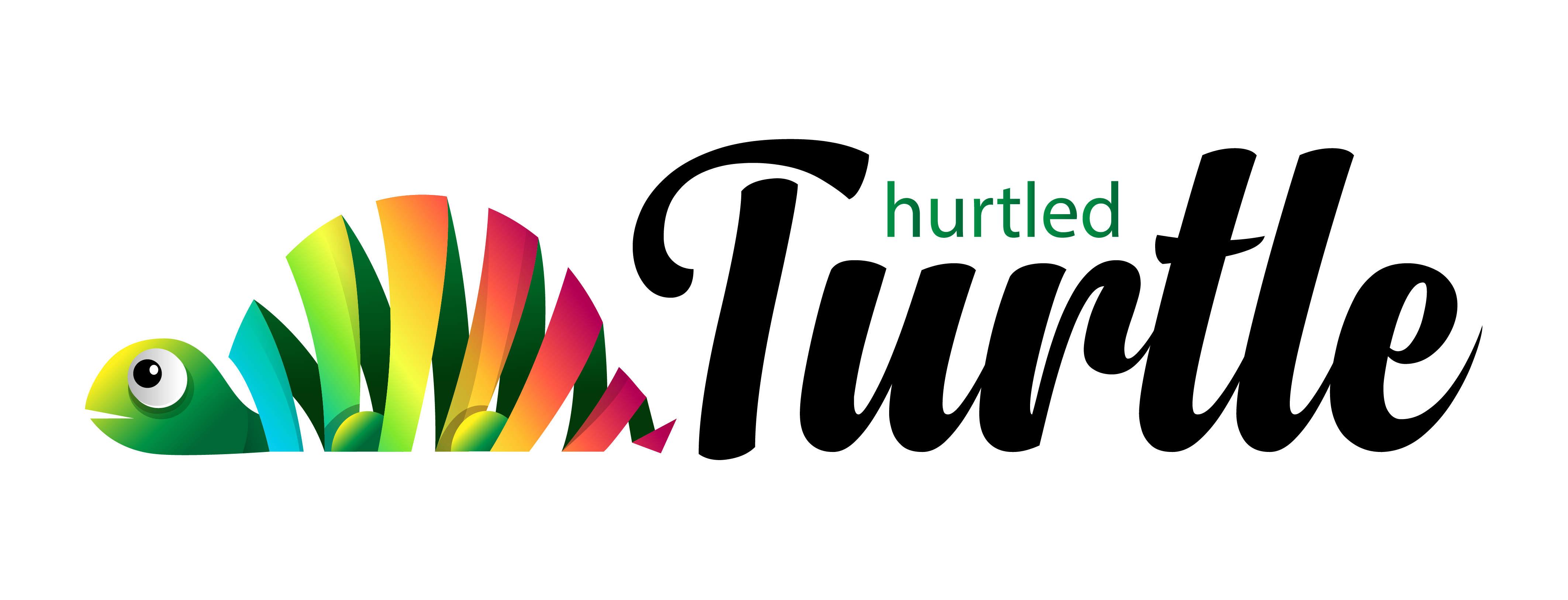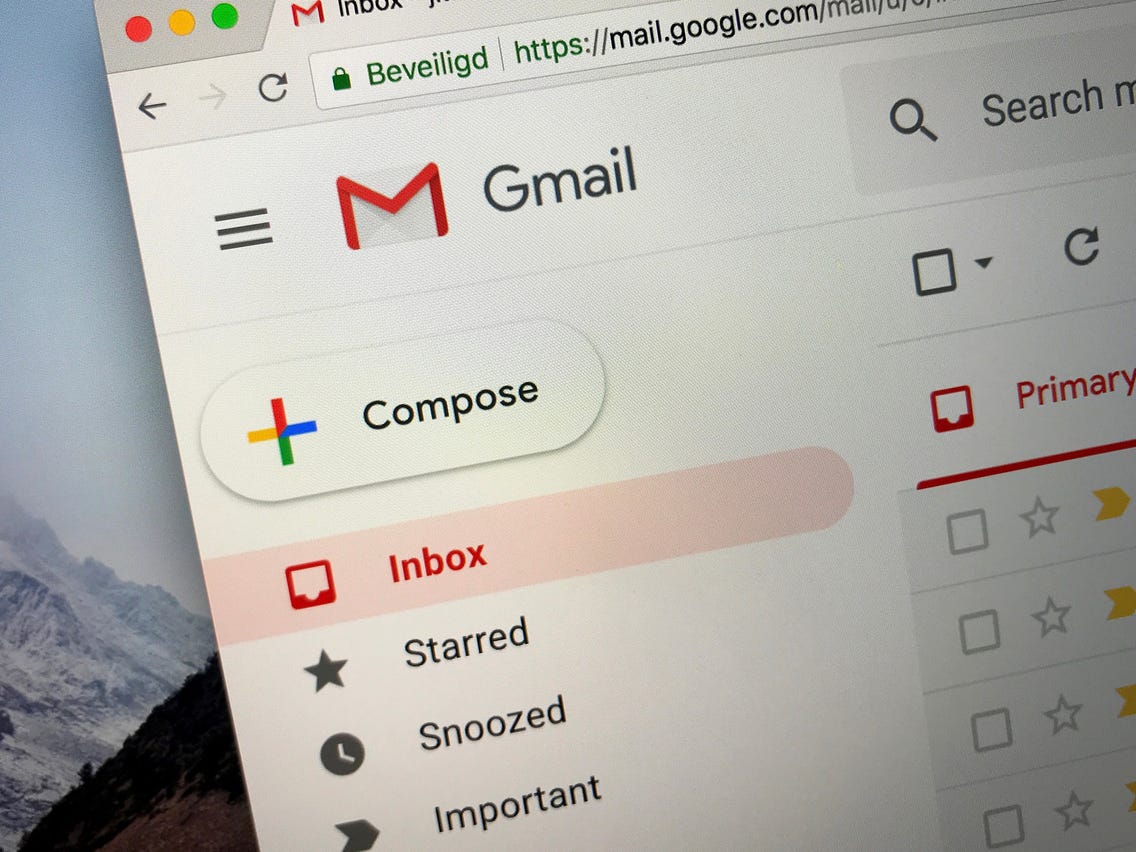Landing into the Gmail spam folder can be the most annoying situation, especially when your campaign is potential enough to offer an exceptional conversion rate. Corporates experience a steep inclination towards channelizing a considerable amount of investment towards email marketing and this entire sum and hard work end up in vain if you’re not even reaching the receivers’ inbox.
Since the destination of your email is influenced by several controllable factors, we’ll be having a sneak peek into the ways that you can resort to protecting your emails from the Gmail spam folder.
Steps to Avoid Gmail Spam Folder During an Email Marketing Campaign
Here is a short guide that will help you dodge the spam folders of the email service providers and make it straight to the receivers’ inbox, which is a clear indication of a better conversion rate.
-
Abiding by the Email Marketing Laws
Email marketers are well aware of the harshness of the digital laws in countries like the US and it’s extremely important to abide by these laws to survive in the corporate world. Laws like the CAN-SPAM Act hold a person guilty if he/she is involved in the following activities:
- Deception through the subject line
- Sending emails without the consent of the receiver
- Sending mails without the option to unsubscribe, etc.
-
Receiving permission from the receiver to send emails to them
If you’re sending emails without the consent of the receiver i.e. through paid email lists, business cards, or social media, you’re extremely vulnerable to land into the receiver’s spam folder. Even if the service provider doesn’t categorize your emails as spam, the receiver may do it manually, which automatically ruining your email campaign.
It must be noted that sending random emails won’t fetch you a brand position. Instead, a worse case could be a penalty of USD 16,000 per email under the CAN-SPAM Act. A better option is engaging the potential customers through newsletters or Google forms to subscribe to your emails.
-
Test your emails
Email testing tools allow the sender to proofread the email, verify links, and much more to make the campaign much more effective. Gmail categorizes several words as indications of spam and reviewing your email will help you delete those words (if used) and protect your mail from the spam folder.
-
Write authentic subject lines
The CAN-SPAM Act holds a hefty penalty against deception through subject lines and thus, you should always avoid using deceptive subject lines. Besides, email service providers like Gmail also judge the subject line of an email through a list of spam words, hence, your poor word choice may lead your email to the spam folder.
-
Use spam checkers
Spam checking tools or spam checkers tell you the probability of your email landing into the spam folder, helping you correct the shortcomings in your content.
In The End
Spam folders often lead a well-laid email marketing campaign to a dead end. Implement these simple tips into your campaign and make the best out of the campaign.



